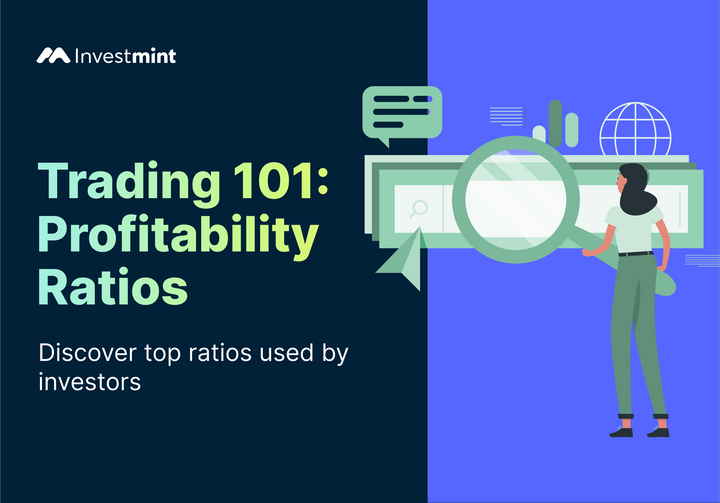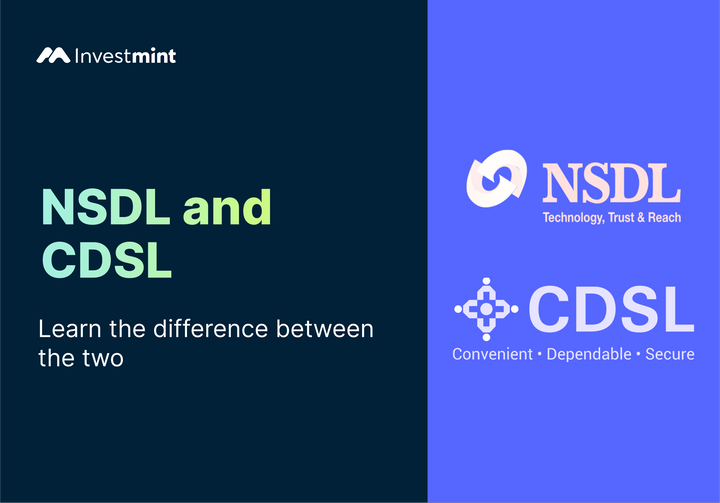A Comprehensive Guide on How to Transfer Stocks from One Demat to Another
Transfer stocks from one Demat to another– reduce fees, enhance services. Discover online & offline methods, tax insights, and share management.

Introduction
Opening a Demat account is a straightforward process, but many investors find themselves contemplating the transfer of shares from one Demat account to another. In this guide, we'll delve into the seamless methods, both online and offline, for transferring shares and explore the reasons behind such transfers.
Why Transfer Shares from One Demat Account to Another?
- Reduction in Brokerage Charges: Investors may seek to minimize brokerage fees by opting for a discount broker when transferring shares.
- Better Services: Switching to a new broker can offer benefits like an advanced trading platform with enhanced security, providing investors with an improved trading experience.
- Securities Management: Investors often transfer shares to organize their portfolios based on financial goals such as a buying a home or family planning. It can also aid in segregating shares for taxation purposes.
- Consolidation of Holdings: Multiple Demat accounts with different brokers can be consolidated into a single account, streamlining holdings and reducing maintenance charges.
Depositories in India
Investors can hold dematerialized securities in a Demat account through two primary depositories::
- National Securities Depository Limited (NSDL)
- Central Depository Services India Limited (CDSL)
Method 1: Offline Share Transfer
To complete the offline transfer process, it is essential to comprehend certain components of the Delivery Instruction Slip (DIS).
Step 1- Manual Share Transfer:
To initiate manual share transfer, fill in the required details in the DIS provided by your broker, which usually contains:
- ISIN Number: Authenticate shares using this 12-digit code. Double-check the ISIN number mentioned in the DIS.
- Beneficiary Owner ID/Target Client ID: This 16-digit code is a combination of DP ID and Client ID.
- Mode Selection: Choose the transfer mode - Intra-depository or inter-depository. Intra-depository is the "Off-market transfer".
Step 2- Signature Confirmation:
Sign the DIS with the same signature used when opening the Demat account with your existing broker.
Step 3- Submission :
Submit the DIS to your existing brokerage firm. An acknowledgement slip will be issued.
The shares will appear in your new Demat account within 3-5 days, enabling transfers with national depositories.
Method 2: Online Share Transfer
Follow these steps for online share transfer between Demat accounts:
Step 1: Registration
- For NSDL - Visit the page > New User Registration > Speed-e> Register
- For CSDL - Click here > Register for Easiest > Demat details, OneTime Password (OTP), account details (Client ID,DP ID, email id etc.)
Step 2: Submission
After filling and submitting the online form, take a printout and submit it to your broker.
Step 3: Broker Submission
The broker submits the form to the central depository for verification.
Step 4: Account Activation
Upon verification, your account will be activated, and login credentials will be sent via email. Now, log in and transfer shares seamlessly between Demat accounts.
Tax Implications
- Intra-Demat Transfer: No tax liability, but a transfer fee may be charged by the broker.
- Inter-Personal Transfer: Capital gains taxes apply; a legitimate reason supported by a gift deed is necessary to avoid tax liability.
Conclusion
Transferring shares between Demat accounts can be a straightforward process with the right information and broker. Whether opting for manual/offline or online transfer, understanding the steps and tax implications is crucial for a hassle-free experience.
Checkout more interesting reads on our blog





